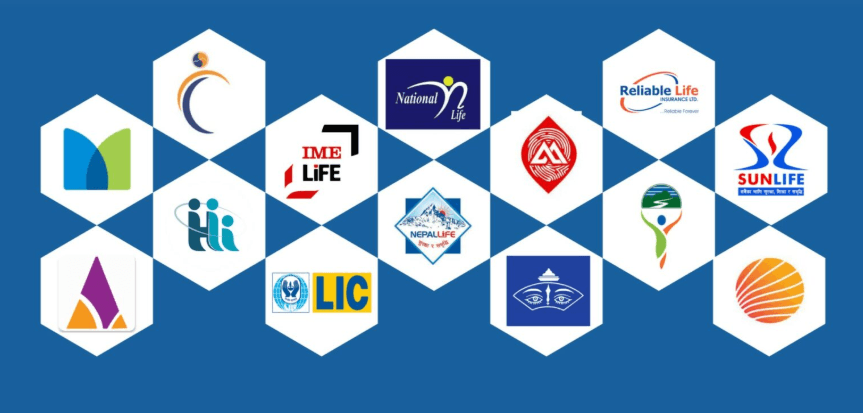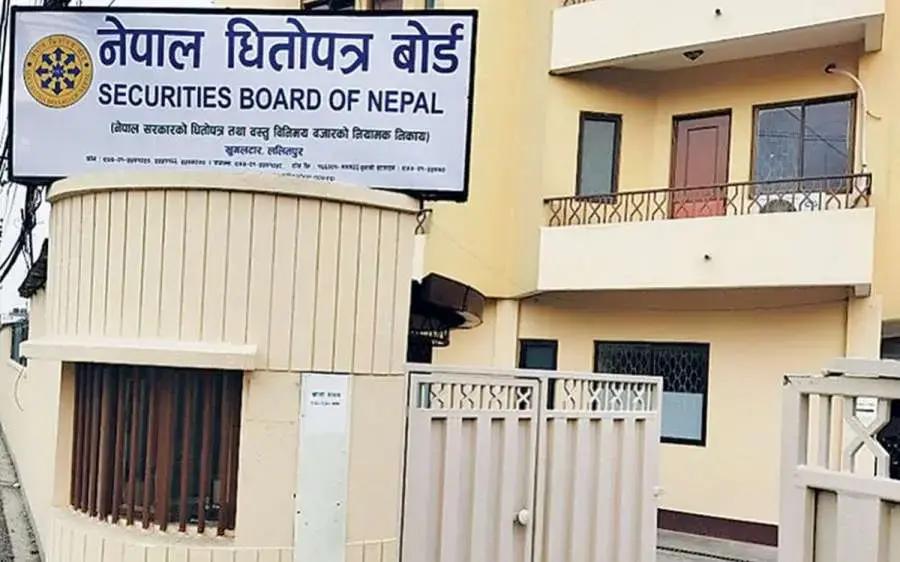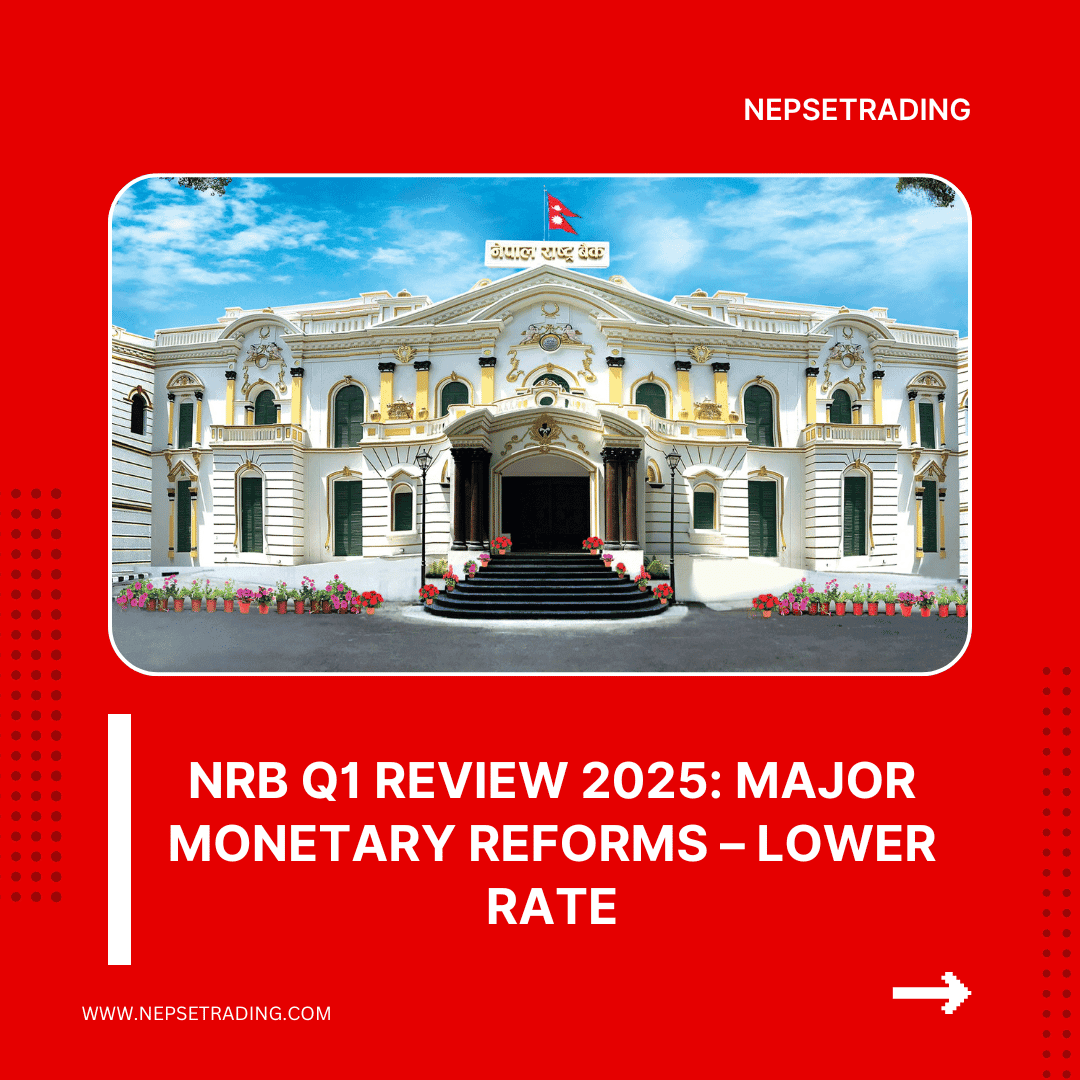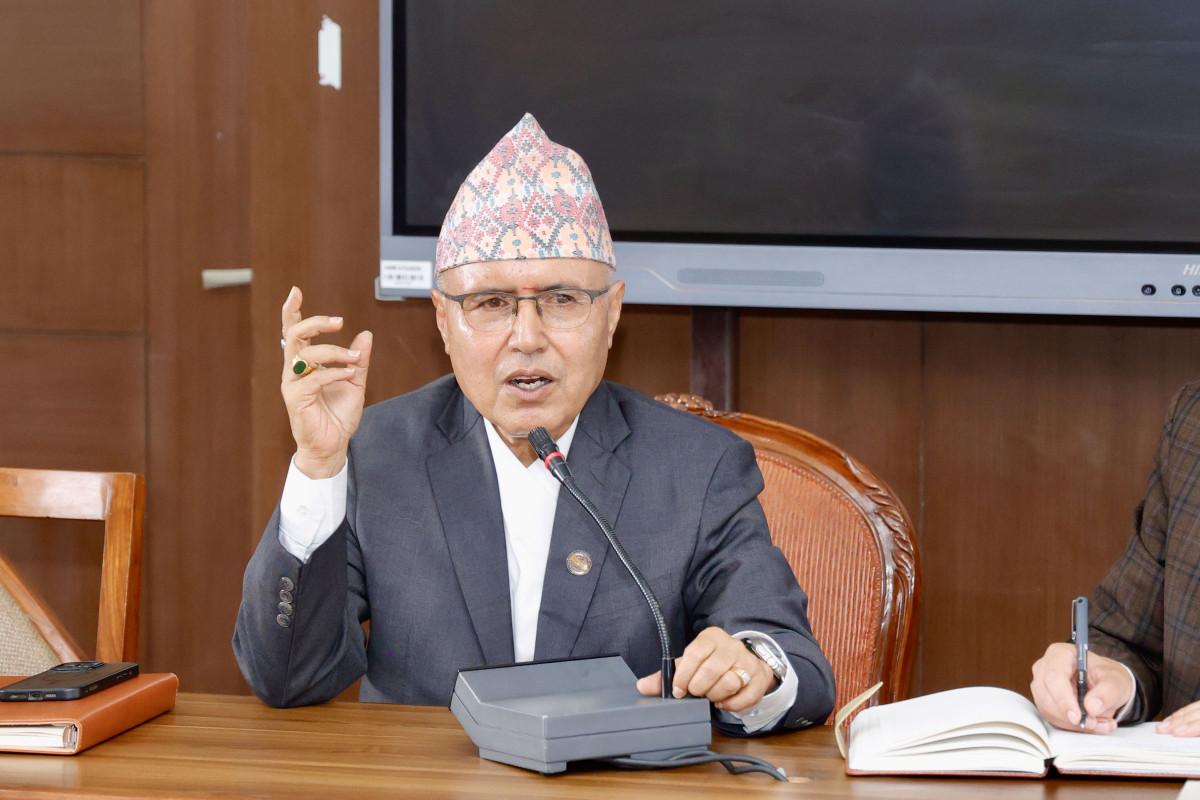By Sandeep Chaudhary
Which Bank Has the Best Liquidity Position in Nepal?

Liquidity remains one of the most crucial indicators of banking strength, as it shows how well a bank can meet its short-term obligations and customer withdrawals without stress. According to the mid-July 2025 NRB data, Standard Chartered Bank Nepal emerges as the bank with the strongest liquidity position, posting the highest net liquidity of 46.33% and an impressive SLR of 35.29%. Its relatively conservative CD ratio of 70.50% indicates that it has not overstretched in lending, maintaining a robust buffer of liquid assets. Close behind, Rastriya Banijya Bank (RBB) also shows exceptional resilience with 44.24% net liquidity and the highest SLR in the sector at 40.33%, reflecting the cautious lending stance of state-owned banks. Other strong performers include Nepal Bank Limited (38.33% net liquidity, 35.40% SLR), Agriculture Development Bank (ADBL) (37.76% net liquidity, 38.95% SLR), and Everest Bank (38.94% net liquidity, 32.12% SLR). Collectively, these banks are better positioned to handle liquidity shocks compared to their private sector peers.
On the other hand, some large private banks such as Nabil Bank (27.31% net liquidity, 25.10% SLR) and Prime Commercial Bank (27.37% net liquidity, 25.41% SLR) operate with relatively lower liquidity buffers. While still within safe ranges, their strategies reflect a more aggressive lending orientation that prioritizes loan expansion over liquidity hoarding. The sector average net liquidity is 35.07%, with an SLR of 30.13%, and a CD ratio of 76.63%, meaning most banks are operating at balanced levels but with varying degrees of conservatism.









